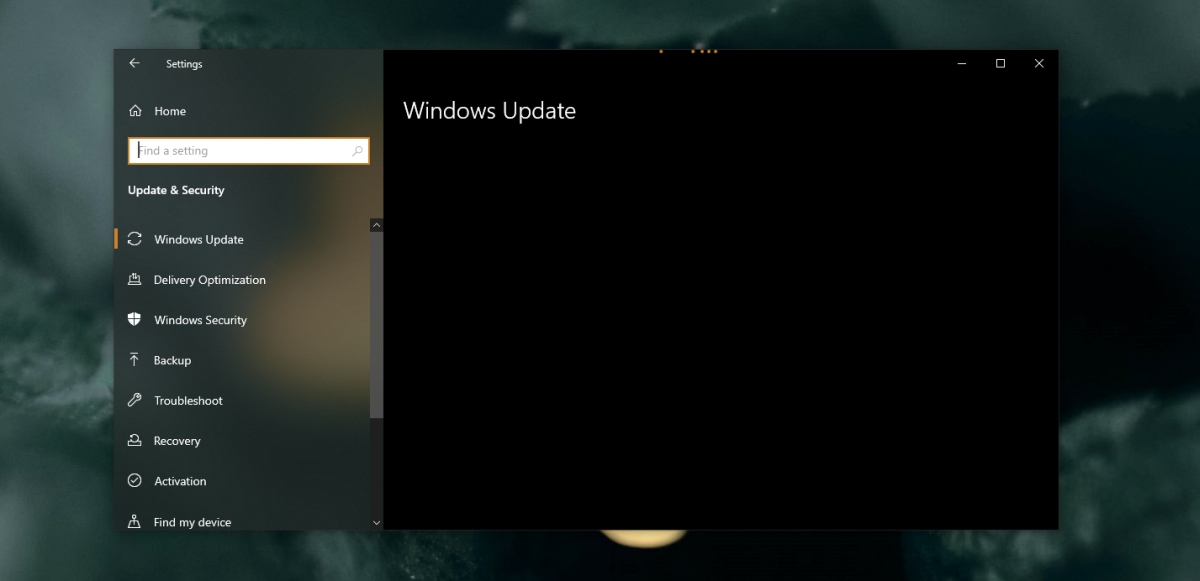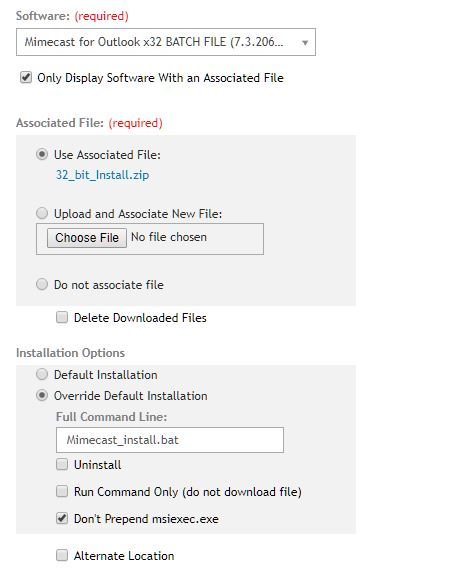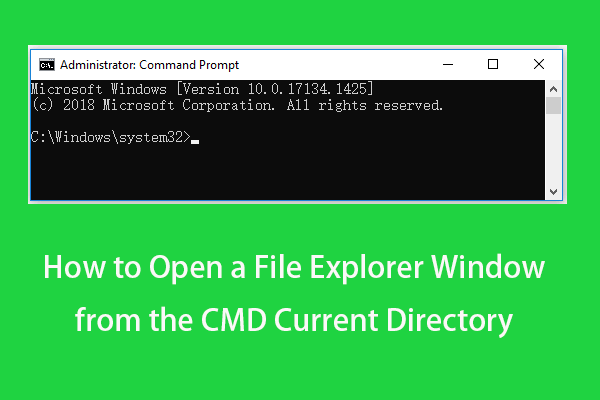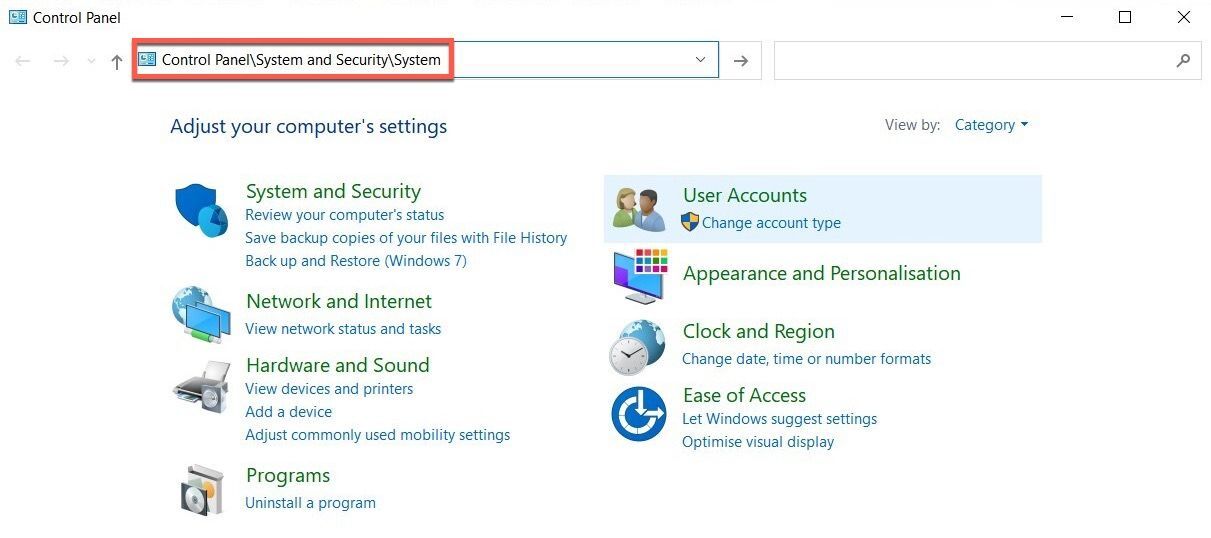BatchTerminator.exe is a software utility that is commonly used to automate batch file processes. Unfortunately, it is not immune to errors, which can be frustrating to users. In this article, we explore some of the common BatchTerminator.exe errors and utility fixes to help you troubleshoot and overcome these issues.
Introduction to BatchTerminator.exe
BatchTerminator.exe is a utility that terminates batches and batch orchestrations in BizTalk Server. It helps to prevent issues caused by batches that are stuck or orphaned. The utility is a command-line tool that is run on the BizTalk Server or a remote PC. To use it, you must specify the instance name, server name, and input file. You can also use the batchSettings option to control messages and batching orchestrations. The utility uses the sqlcmd utility to execute SQL statements against the BizTalk management database. You can find the BatchTerminator.exe utility in the Program FilesMicrosoftEDIBatchTerminator folder. For more information, refer to the Microsoft KB article or maintenance guide on the Microsoft website.
How to use BatchTerminator.exe
BatchTerminator.exe is a utility that terminates batch orchestrations and instances in Microsoft BizTalk Server. To use it, follow these steps:
1. Open a command prompt on the server system where the BizTalk Server is installed.
2. Navigate to the directory where BatchTerminator.exe is located (typically in Program FilesMicrosoftEDIBatchTerminatorx86).
3. Use a command line that includes the utility, the instance name, and the option to terminate the instance. For example, BatchTerminator.exe /InstanceName:InstXYZ /Terminate.
4. You can also terminate multiple instances at once by using a script and an input file with a list of instance names. For example, BatchTerminator.exe /inputfile:batchSettings.txt /Terminate.
5. After running the command, check the log file (typically in Program FilesMicrosoftEDIBatchTerminatorlog) for information on the terminated instances.
By using BatchTerminator.exe, you can easily control messages and perform maintenance on your BizTalk Server. For more information, check the Microsoft website or maintenance guide.
Common errors associated with BatchTerminator.exe
- Update Your Operating System:
- Check for updates on your Windows operating system by going to the “Settings” app and then selecting “Update & Security”.

- Download and install any available updates for your operating system.
- Run a Virus Scan:
- Open your antivirus software and run a full system scan.
- If any viruses or malware are detected, follow the prompts to remove them.

- Check for Corrupted System Files:
- Open the Command Prompt as an administrator by typing “cmd” into the Windows search bar and right-clicking on “Command Prompt” to select “Run as administrator”.
- Type “sfc /scannow” into the Command Prompt and press Enter.

- The system file checker will scan your system for any corrupted files and repair them if necessary.
- Reinstall BatchTerminator.exe:
- Uninstall the current version of BatchTerminator.exe by going to the “Apps & Features” section in the “Settings” app and selecting BatchTerminator.exe, then clicking “Uninstall”.
- Go to the official website for BatchTerminator.exe and download the latest version.
- Follow the installation prompts to install the updated version of BatchTerminator.exe.
Is BatchTerminator.exe safe to use?
BatchTerminator.exe is safe to use as long as it is downloaded from a reliable source. It is a utility that helps in terminating batch orchestrations in SQL Server Integration Services. To use this utility, navigate to the folder where it is saved and open a command prompt window. Enter BatchTerminator.exe -i InstanceName -o Orchestration Instances to terminate all batching orchestration instances. Alternatively, you can use the sqlcmd utility to execute the script scriptOne.sql and terminate batching orchestrations in a specific order. When using sqlcmd, make sure to enter the correct SQLCMDDBNAME and SQLCMDSERVER information. After running the script, you can check the log file xml -log 0A99450E-D4DC-4488-94FD-EF652FAC6466 for any errors. Remember to backup your server system before making any application updates.
Repairing BatchTerminator.exe errors
- Perform a malware scan
- Download and install a trusted anti-malware program
- Update the program and run a full scan of your system

- Follow the program’s instructions to remove any detected malware
- Update or reinstall BatchTerminator.exe
- Visit the official website for BatchTerminator.exe
- Download the latest version of the utility
- Uninstall the current version of BatchTerminator.exe
- Install the newly downloaded version

- Run a disk cleanup
- Open File Explorer
- Select the drive where BatchTerminator.exe is installed

- Right-click on the drive and select Properties
- Select Disk Cleanup and wait for the process to complete
- Repair registry errors
- Download and install a trusted registry cleaner program
- Run a full scan of your system

- Follow the program’s instructions to repair any detected registry errors
- Perform a system restore
- Open Control Panel
- Select System and Security

- Select System
- Select System Protection
- Select System Restore
- Select a restore point prior to the appearance of the BatchTerminator.exe error

- Follow the system restore wizard to restore your system
Removing BatchTerminator.exe from your PC
To remove BatchTerminator.exe from your PC, follow these steps:
1. Open the command prompt by pressing the Windows key + R and typing “cmd”.
2. Type “taskkill /f /im BatchTerminator.exe” to end the process.
3. Navigate to the BatchTerminator.exe file location on your machine. It is usually found in the MicrosoftEDIBatchTerminator folder.
4. Delete the BatchTerminator.exe file.
5. If you encounter any errors, try running the sqlcmd utility to delete the batching orchestration instances. Use the “sqlcmd -S SQLCMDSERVER -d SQLCMDDBNAME -i scriptOne.sql” command line statement in the BatchTerminator folder.
6. You may also need to remove any references to the BatchTerminator.exe file in your application updates or SQL Server.
By following these steps, you should be able to remove BatchTerminator.exe from your PC without any further issues.
Additional resources and tools for BatchTerminator.exe
| Resource/Tool Name | Description | Link |
|---|---|---|
| Process Explorer | A more advanced task manager that can help identify what processes are causing issues with BatchTerminator.exe | https://docs.microsoft.com/en-us/sysinternals/downloads/process-explorer |
| Dependency Walker | A tool that can help identify missing dependencies that BatchTerminator.exe relies on | http://www.dependencywalker.com/ |
| CCleaner | A tool that can clean up temporary files and registry entries that may be causing issues with BatchTerminator.exe | https://www.ccleaner.com/ |
| Advanced SystemCare | A tool that can optimize system performance and fix common issues that may be affecting BatchTerminator.exe | https://www.iobit.com/en/advancedsystemcarefree.php |
| Windows System File Checker | A built-in tool in Windows that can scan for and replace corrupted system files that may be causing issues with BatchTerminator.exe | https://support.microsoft.com/en-us/help/929833/use-the-system-file-checker-tool-to-repair-missing-or-corrupted-system |
